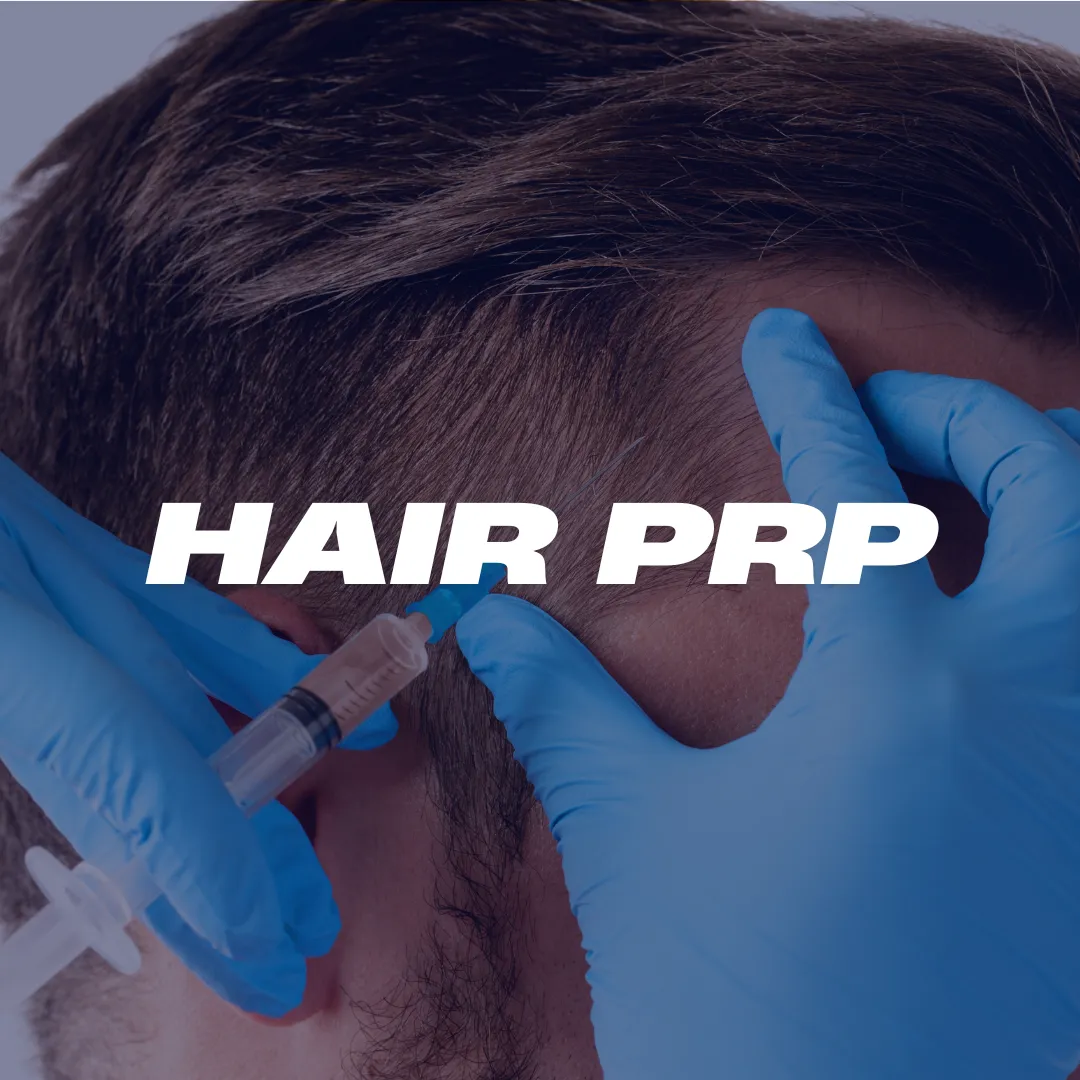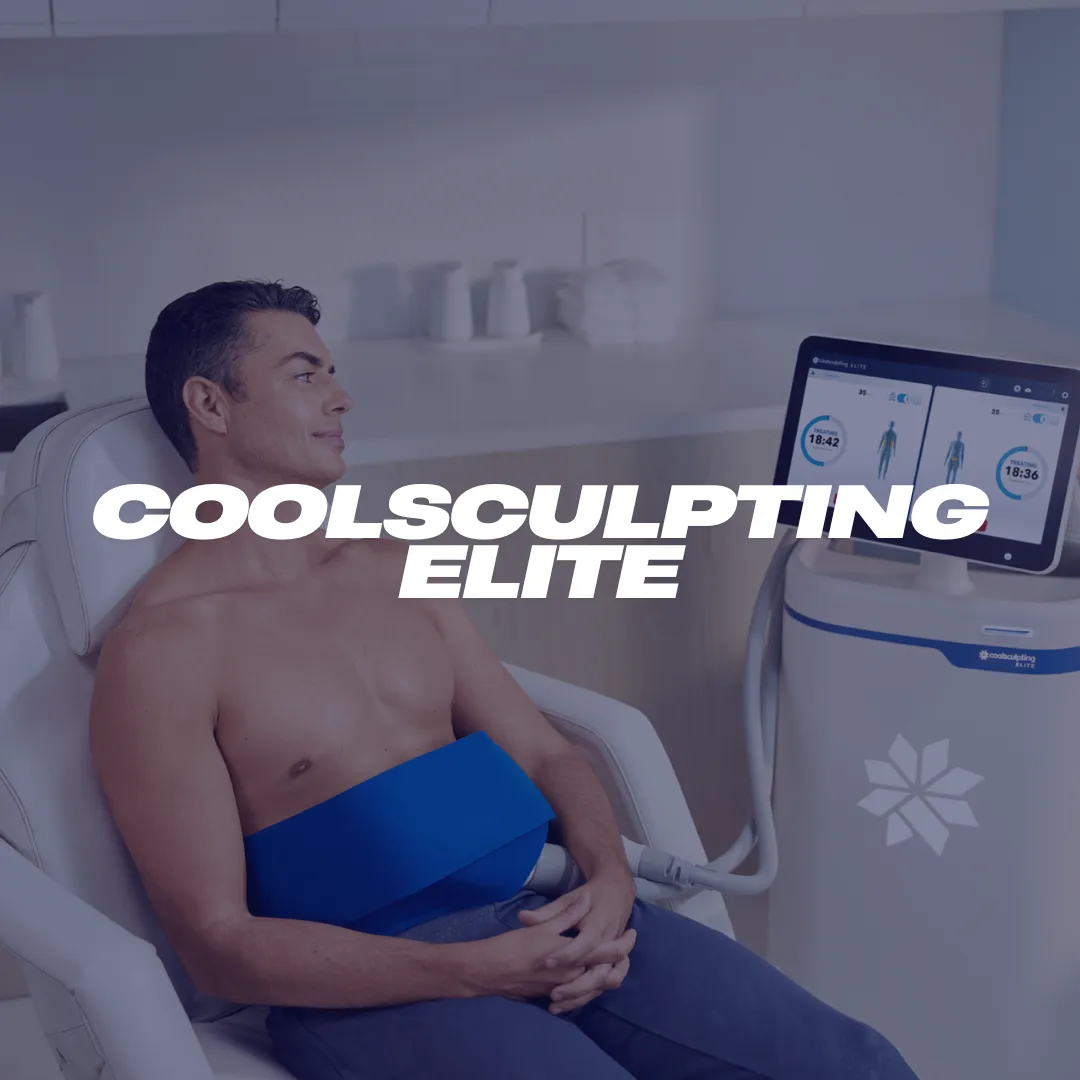Low Testosterone
Hormone Replacement Therapy (HRT) is a safe and effective way to rebalance and restore hormone levels as you age.
About Hormone Replacement Therapy (HRT) for Men
Just because you’re over 30 doesn’t mean you need to suffer from testosterone deficiency. As men age, their testosterone production decreases by about 2% a year, causing a shortage of this very necessary hormone. Many of the symptoms of male hormonal imbalances come on very gradually. You may not notice them at first, but as more symptoms appear and become worse over time, they do become apparent.
These symptoms of male hormone imbalance are some of the most common:
Erectile dysfunction
Low libido
Night sweats or hot flashes
Mood swings or irritability
Muscle loss or weakness
Depression or anxiety
Increased body fat
Hair loss
Fatigue or lack of energy
Memory loss
Heart palpitations
Sleep apnea or insomnia
Constipation or increased bowel movements
Gynecomastia (development of breasts in men)
People often mistake the symptoms of imbalanced hormones in men with signs of aging. The good news is that these hormone losses and imbalances are easily correctible. And through proper treatment, these symptoms will often disappear and bring about a healthier, younger you.
It is not uncommon for men to ask their primary-care physician about their testosterone level only to be told “you’re in the low-normal range” or receive ineffective treatment without proper management of all the related hormones and effects. There is a lack of qualified experts to treat Low testosterone. Dr. Bruce Thomas founded Physician Artistry and is an expert in treating low t. It is important to remember that hormone replacement therapy is not a one-size-fits all solution.
Our customized bio-identical hormone therapy services include:
A comprehensive review of symptoms, medical, family and personal history
Testing – saliva, urine and/or blood laboratory analysis
Natural hormone balancing
Ongoing evaluations
Quality compounded pharmacy
Highest quality supplements
Fitness programs
Nutrition planning
Stress reduction plans
Hormone testing will inform you and your physician regarding your current hormone levels, at which point a customized treatment can be created to not only adjust your testosterone levels, but other hormone levels as well. Androgen replacement therapy is paired with an individualized nutrition, supplement and fitness program that will optimize your hormone replacement therapy. Most of what is attributed to aging is in fact symptoms of hormonal imbalance.
Men age because of declining levels of hormones, not the other way around. The benefits of achieving optimal testosterone levels are well established. In fact, testosterone therapy is considered critical to men 40 years and above. Health benefits are associated with “optimal” level of testosterone, not “normal for age” level. In fact, men often need to get above 650 ng/dL before they start feeling better.
Testosterone therapy means replenishing someone with testosterone using injectables, topical gel or cream, patches or subcutaneous pellet implantation. Another method is to inject HCG (Human Chorionic Gonadotropin) subcutaneously.
Testosterone Injections
Testosterone injections are one of the older and most effective ways of supplying the medication. It’s usually not offered as a first line treatment option when starting testosterone replacement as there are many more convenient androgen preparations on the market such as; gels (Androgel and Testim), creams, pills (Andriol), pellets and patches. Most are inferior due to limited or poor absorption or carry a risk of exposure to women and children. Why use a less invasive method if it’s barely going to work and pose a risk to others? Testosterone injections allow for higher and more stable testosterone levels because they increase absorption. Testosterone injection dosages can also be titrated much easier compared to the other formulations*.
There are two long-acting injectables commonly used: testosterone cypionate and testosterone enanthate. Most doctors recommend testosterone intramuscularly either in the buttock or in the thigh, either weekly or biweekly. Subcutaneous injection has become popular in the last few years and seems to be just as effective in attaining therapeutic levels and may have the benefit of lower conversion into Estrogen*.
Dr. Thomas will customize a starting dose and depending on the individual response to treatment, dosage will be adjusted.
Patches (Androderm/Testoderm)
Testosterone patches are not used very widely anymore due to their low absorption rates and difficulty of use. Patches don’t tend to stay on very well but were designed to offer more uniform testosterone concentrations, eliminating the roller-coaster effect.
There are several problems:
Low therapeutic effects
Showing of a visible patch, which may be awkward at, times
Causing skin irritation as bright red round blotches at the location of the patches
Testosterone gels/creams
Topical creams or gels are used on the surface of the skin and are applied to areas with little hair, like the shoulders and inner arms, for best absorption into the blood stream. There are 2 types of gel: patented gel produced by big pharmaceutical companies and bio-identical gel prepared by specialized compounding pharmacies.
Compounded creams and gels come in a pre-measured syringe or measured dose pump to ensure proper dosage. Testosterone gel has variable absorption and it is therefore imperative to check the levels to ensure an increased Testosterone levels. Creams and gels generally cannot provide the hormone at the higher levels needed.
Testosterone pellets
Since 1939, pellet hormone therapy for men has been a viable and popular option. This male menopause treatment choice is among the most natural delivery methods available, being practically indistinguishable to the way in which hormones are normally formed and administered in a healthy 30-something year old man.
This simple and convenient option allows you to live your life normally without having to stop to apply a cream or to remember to take a pill, both of which can be rather untimely. The long-lasting pellets work well with your get-up-and-go lifestyle and require only a simple insertion at your physician’s office every three to six months. In a routine and straightforward visit, your physician will insert the miniature pellets into the buttock or hip area.
Beyond the added convenience, the best feature of pellet therapy is the natural hormone secretion throughout the day. This feature allows it to respond to moments of stress and exercise just as the male body would normally secrete additional levels of the hormone. Furthermore, pellet hormone therapy for men maintains the hormone(s) at a constant level and avoids dramatic ups and downs.
Most people feel a difference within 24-48 hours, while others may take up to 14 days*.
Potential complications may include: Extrusion <1-8% (hence the need to avoid early physical activity after the implantation); minor bleeding 0-2 minutes; minor infection 1-5%.
Safety
There are no large, long-term, placebo controlled randomized clinical trials in the field of Testosterone (T) therapy to provide definitive conclusions about Cardiovascular (CV) risk. Nonetheless, there exists a rich literature spanning many decades that provides valuable information.
Established benefits of testosterone therapy in hypo-gonadal men include improved sexual desire and function, improved energy, mood, and vitality, increased lean mass, decreased waist circumference, reduced total body fat mass, and increased bone mineral density. Promising new data reveal that T therapy improves insulin sensitivity and reduces blood glucose and hemoglobin A1c(HbA1c) levels in men with type 2 diabetes or obesity*.
The largest meta-analysis to date was published in the Mayo Clinic Proceedings in February 2015 and the following is their conclusion:
“In the absence of large, prospective, placebo controlled studies of several years’ duration, it is impossible to provide any definitive comment on the absolute safety or risk of T therapy with regard to CV outcomes. However, review of the literature clearly reveals a strong relationship between higher serum T concentrations, endogenous or via T therapy, as beneficial for reduction of CV disease and CV risk factors. Public health may be harmed not only by inadequate appreciation of an actual risk but also by the failure to offer beneficial treatment for a medical condition because of false claims of risk concerns. On the basis of the current state of evidence, placing restrictions on the appropriate use of T therapy for T-deficient men is likely to result in compromise of public health and a substantially increased future financial burden on the US health care system. In summary, we find no scientific basis for the suggestion that T therapy increases CV risk. In fact, as of this date, we are unaware of any compelling evidence that T therapy is associated with increased CV risk. On the contrary, the weight of evidence accumulated by researchers around the world over several decades clearly indicates that higher levels of T are associated with amelioration of CV risk factors and reduced risk of mortality.”
Estrogen levels in men
While it’s importance is normally attributed to women, estrogen in men plays an important role. As teenagers, men have high levels of testosterone and low levels of estrogen. As they age, testosterone levels in men decrease while their estrogen levels increase. Not surprisingly, high levels of estrogen in men usually correspond to low levels of testosterone. High estrogen levels in men contribute to prostate cancer and heart disease as well as gynecomastia (enlarged breasts). As the testosterone is transformed into estrogen the low levels of testosterone can cause many unpleasant symptoms including loss of muscle mass, fatigue, low libido, erectile dysfunction. Furthermore, excessive estrogen in men raises body fat and can contribute to diabetes and high lipids.
How we control estrogen levels in men
Dr. Thomas and staff may suggest a number of male menopause treatment options that will work in conjunction to control your testosterone to estrogen conversion. Balancing all of your hormone levels and particularly natural bio identical testosterone replacement therapy are vital to treating high estrogen levels in men. Proper nutrition, pharmaceutical grade supplements and fitness are also vital to keep body fat low to remove aromatase. Specifically, it is suggested that men with high estrogen levels decrease alcohol consumption and increase consumption of vitamin B and flaxseed. In some cases, patients are prescribed Chrysin, a natural herb, or Arimidex, a prescription medicine, to block the estrogen conversion. The good news is that excessive estrogen levels in men are correctable and reversible with the help of an expert like Dr. Thomas*.
Schedule an Appointment
SIMILAR SERVICES

Physician Artistry's state of the art medical practice will use revolutionary techniques to make you look and feel your best.
46165 Westlake Drive
Suite 100
Sterling, VA 20165
CONTACT
WHAT WE TREAT
QUICK LINKS



